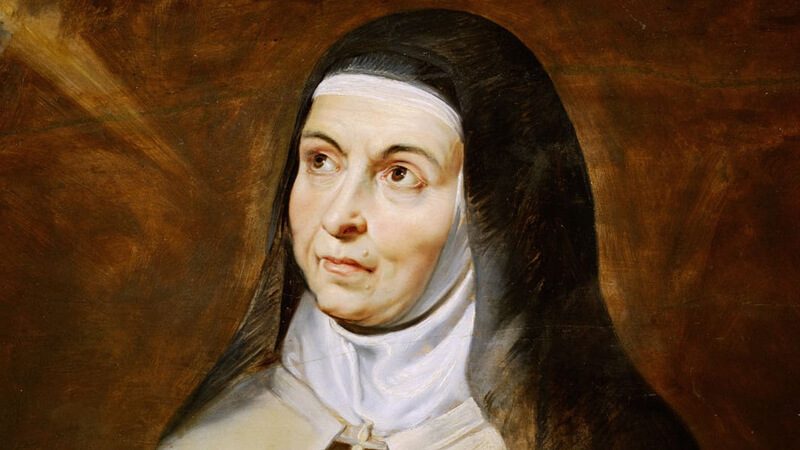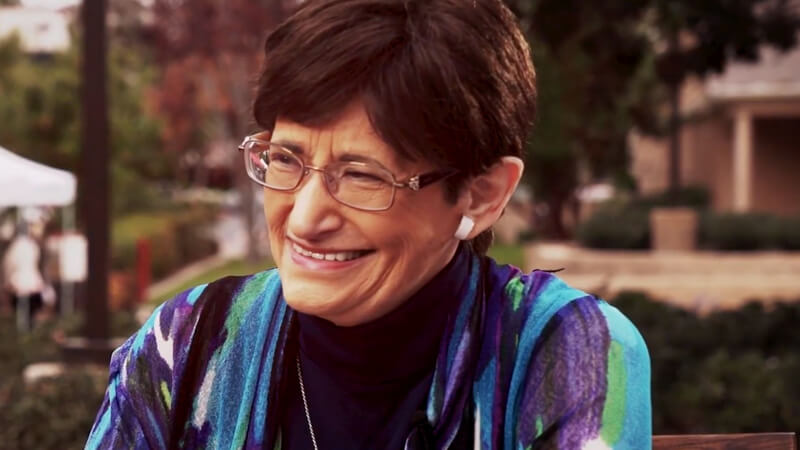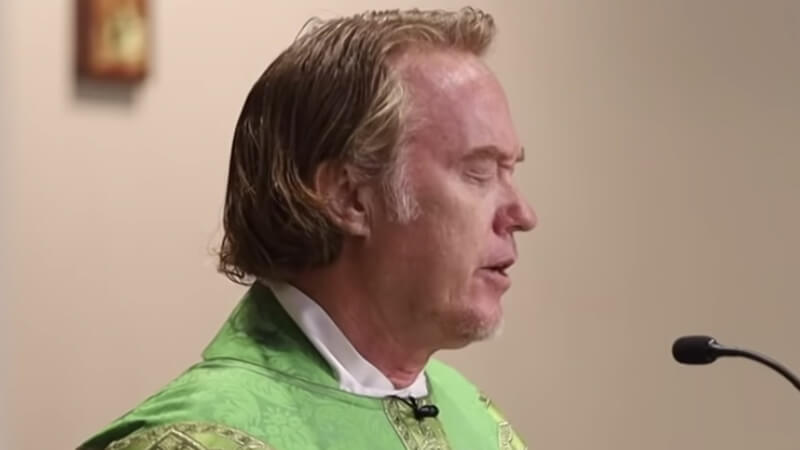Biography of St. Teresa of Jesus :- Religious and mystic Spanish writer, also known as Santa Teresa de Ávila. Teresa de Jesús is the name of religion adopted by Teresa de Cepeda y Ahumada, daughter of Alonso Sánchez de Cepeda, probable descendant of converted Jews, and Beatriz de Ahumada, belonging to a noble family from Avila.
Her life and his spiritual evolution can be followed through their autobiographical works, which include some of his greatest works: Life (written between 1562 and 1565), the spiritual relations , the Book of Foundations (launched in 1573 and published in 1610) and its close to five hundred Letters .
Biography of St. Teresa of Jesus
- Born:- 28 March 1515, Gotarrendura, Spain
- Died:- 4 October 1582, Alba de Tormes, Spain
- Full Name:- Teresa Sánchez de Cepeda y Ahumada
- Feast:- 15 October
Life ranges from his childhood to the foundation of the first renovated convent of San José de Ávila in 1562. Thanks to it, he knows of his childish interest in books of chivalry and the lives of saints.
See Also: Biography of San Juan De La Cruz
In 1531, her father interned her as a pupil in the convent of Augustinian nuns of Santa Maria de Gracia, but the following year she had to return to her home suffering from a serious illness.
Determined to take the Carmelite habit against her father’s will, in 1535 she fled from her home to go to the convent of the Incarnation. He dressed the habit the following year, and in 1537 made his profession.
At that time she began a time of anguish and illness, which lasted until 1542. During these years she confesses that she learned to trust in God unlimitedly and that she began to practice the method of prayer called “recollection”, expounded by Francisco de Osuna in his Third spiritual alphabet.
In response to his ailments, he began to instruct a group of Sisters of the Incarnation in the life of prayer and to plan the reform of the Carmelite order to restore the old rigor, mitigated in 1432 by Pope Eugene IV.
She then began to be favored with “imaginary” and “intellectual” visions, visions that were to follow throughout her life and which determined her crises to ascertain whether this was “the spirit of God” or “the devil.”
It’s ideal of reform of the order was concreted in 1562 with the foundation of the convent of San José. Then begins a new stage in his life, in which dedication to contemplation and prayer is shared with an extraordinary activity to achieve the triumph of Carmelite reform.
From 1567 until his death, he founded in Medina del Campo, Malagón, Valladolid, Toledo, Pastrana, Salamanca, Alba de Tormes, Segovia, Beas, Seville, Caravaca, Villanueva de la Jara, Palencia, Soria and Burgos.
In 1568 was erected in Duruelo the first reformed male convent, thanks to the collaboration of San Juan de la Cruz and the father Antonio de Heredia.
He wrote the Constitutions (1563), which were approved in 1565 by Pius IV, and which are based on the following points: life of prayer in the cell, fasting and abstinence from meat, renouncing rents and properties, communal or private, and practice of silence.
To help her religious to realize her ideal of religious life she composed the Way of Perfection (written between 1562 and 1564 and published in 1583) and Las moradas or Castillo interior (1578).
The reaction of the members of the old Carmelite observance came to a climax in 1575, the year in which the barefoot was denounced to the Inquisition. A brief from Rome, in 1580, ordered the separation of the two orders.
In 1604 Teresa’s process of canonization began. In 1614 she was declared a Blessed, and in 1622 she was canonized by Gregory XV. In 1970 she was proclaimed doctor of the Church, being the first woman that received this distinction. In addition to the works cited, he left the following written:
Meditations on songs , Exclamations , Visits of barefoot , Notices , Ordinances of a brotherhood , Apuntaciones , Spiritual challenge , Vejamen and some thirty poems.




